Yet another variant of my Bf-109 requested by CoxinhA. The G series, or Gustav, was introduced in mid-1942. Its initial variants (G-1 through G-4) differed only in minor details from the Bf 109F, most notably in the more powerful 1,475 PS (1,455 HP) DB 605 engine. Odd-numbered variants were built as high-altitude fighters with a pressurized cockpit and GM-1 boost, while even-numbered variants were un-pressurized, air superiority fighters and fighter-bombers. Long-range photo-reconnaissance variants also existed. The later G series (G-5 through G-14) was produced in a multitude of variants, with uprated armament and provision for kits of packaged, generally factory-installed parts known as Umrüst-Bausätze (usually contracted to Umbau) and adding a "/U" suffix to the aircraft designation when installed. Field kits known as Rüstsätze were also available for the G-series but those did not change the aircraft title. By early 1944, tactical requirements resulted in the addition of MW-50 water injection boost and high-performance superchargers, boosting engine output to 1,800–2,000 PS (1,775–1,973 HP). From early 1944, some G-2s, G-3s, G-4s and G-6s were converted to two-seat trainers, known as G-12s. An instructor's cockpit was added behind the original cockpit and both were covered by an elongated, glazed canopy.
Specifications
General Characteristics
- Created On iOS
- Wingspan 57.9ft (17.6m)
- Length 49.3ft (15.0m)
- Height 18.8ft (5.7m)
- Empty Weight 21,440lbs (9,725kg)
- Loaded Weight 22,956lbs (10,412kg)
Performance
- Horse Power/Weight Ratio 0.479
- Wing Loading 55.1lbs/ft2 (268.9kg/m2)
- Wing Area 416.8ft2 (38.7m2)
- Drag Points 16468
Parts
- Number of Parts 262
- Control Surfaces 7
- Performance Cost 858

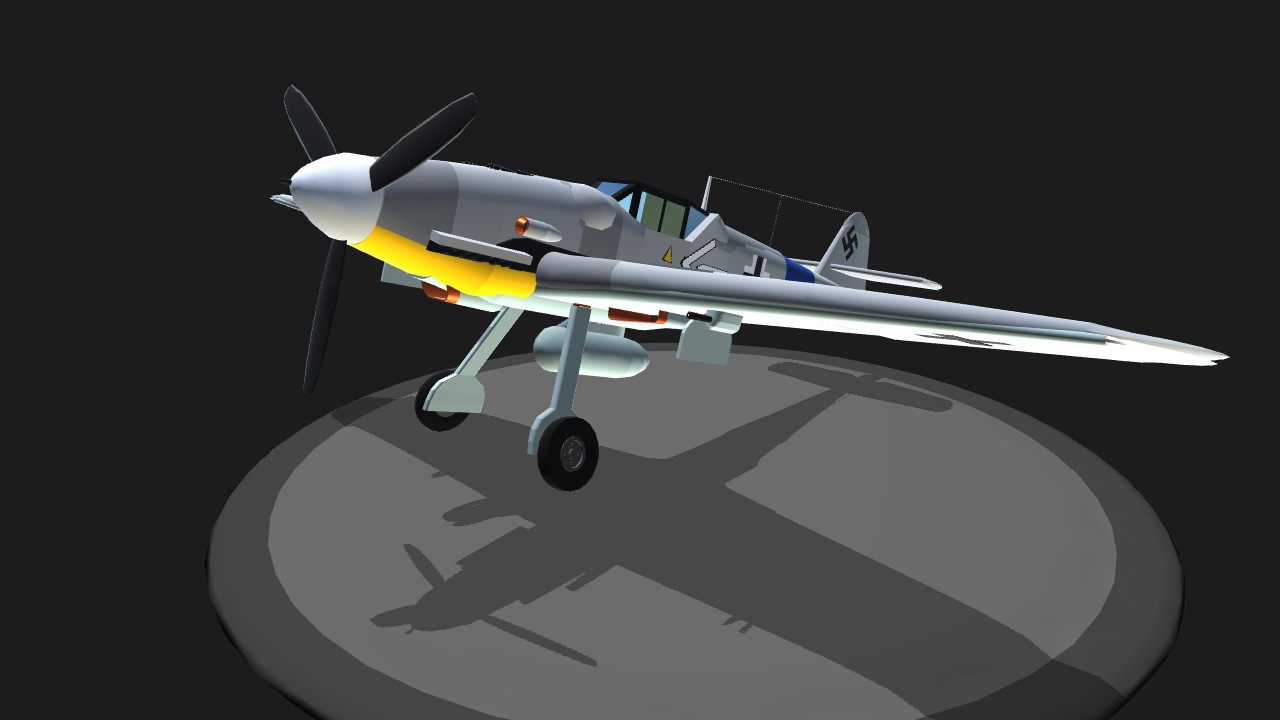
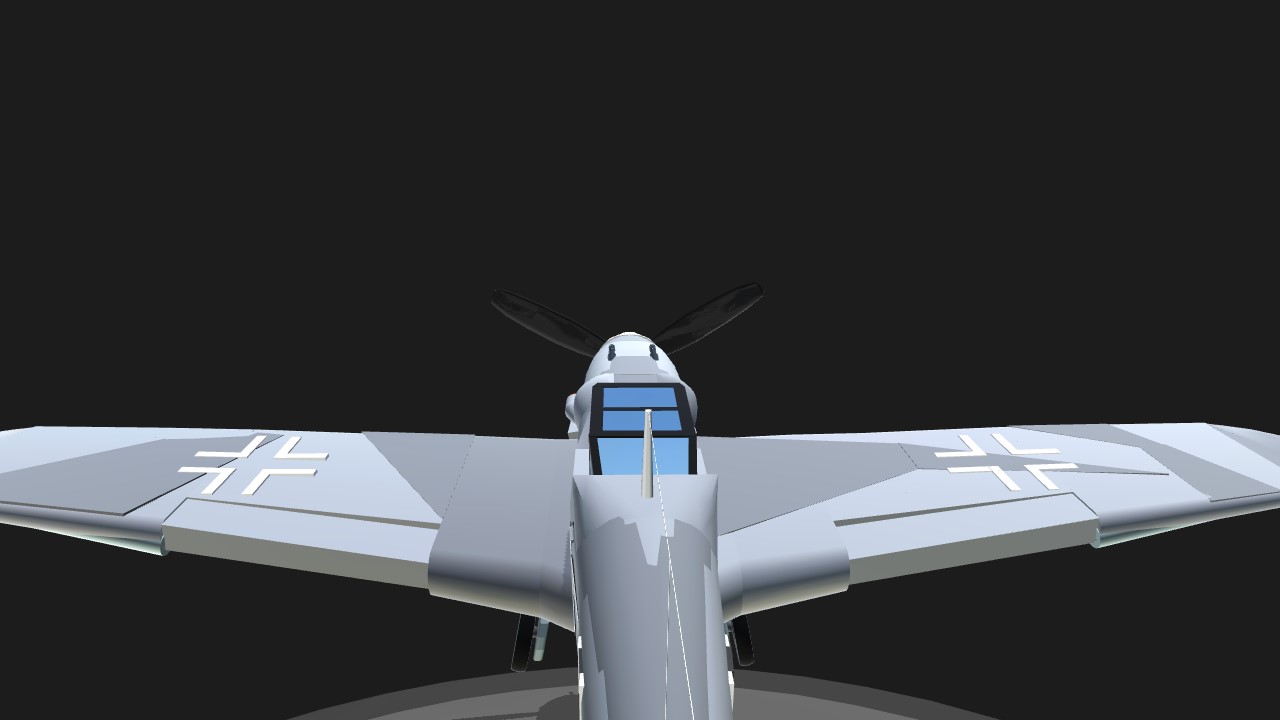
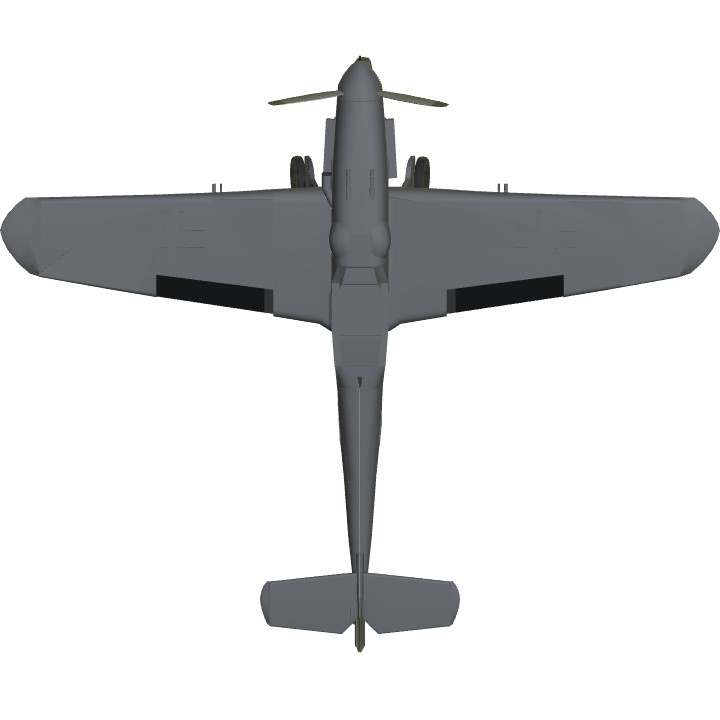
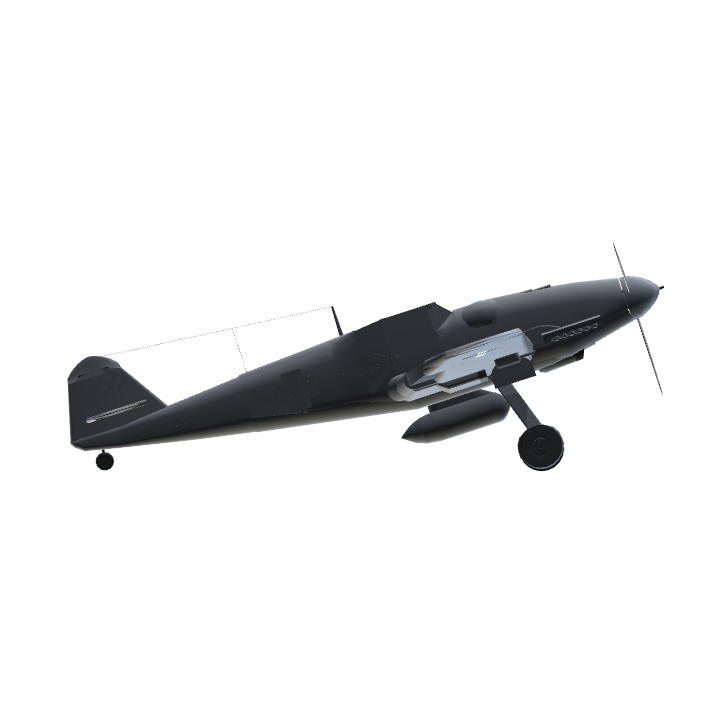
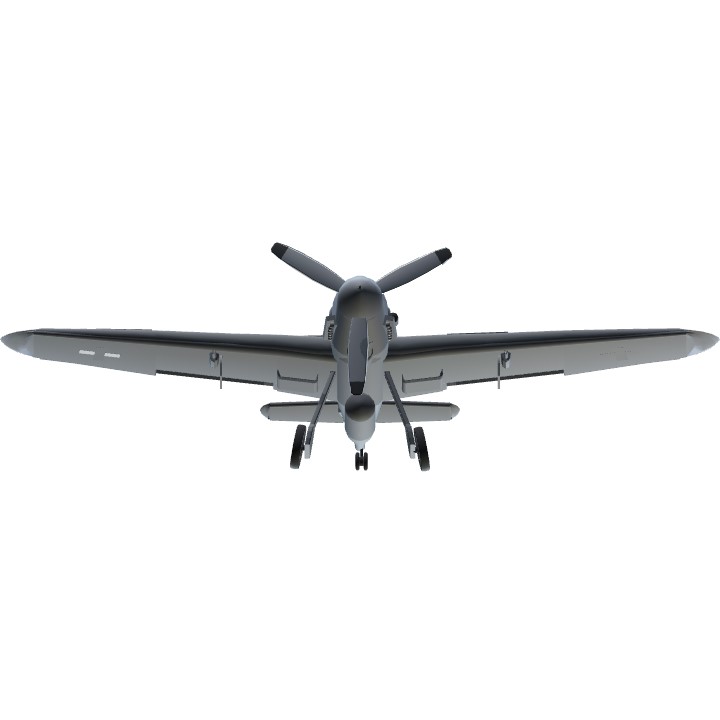
Good job mate